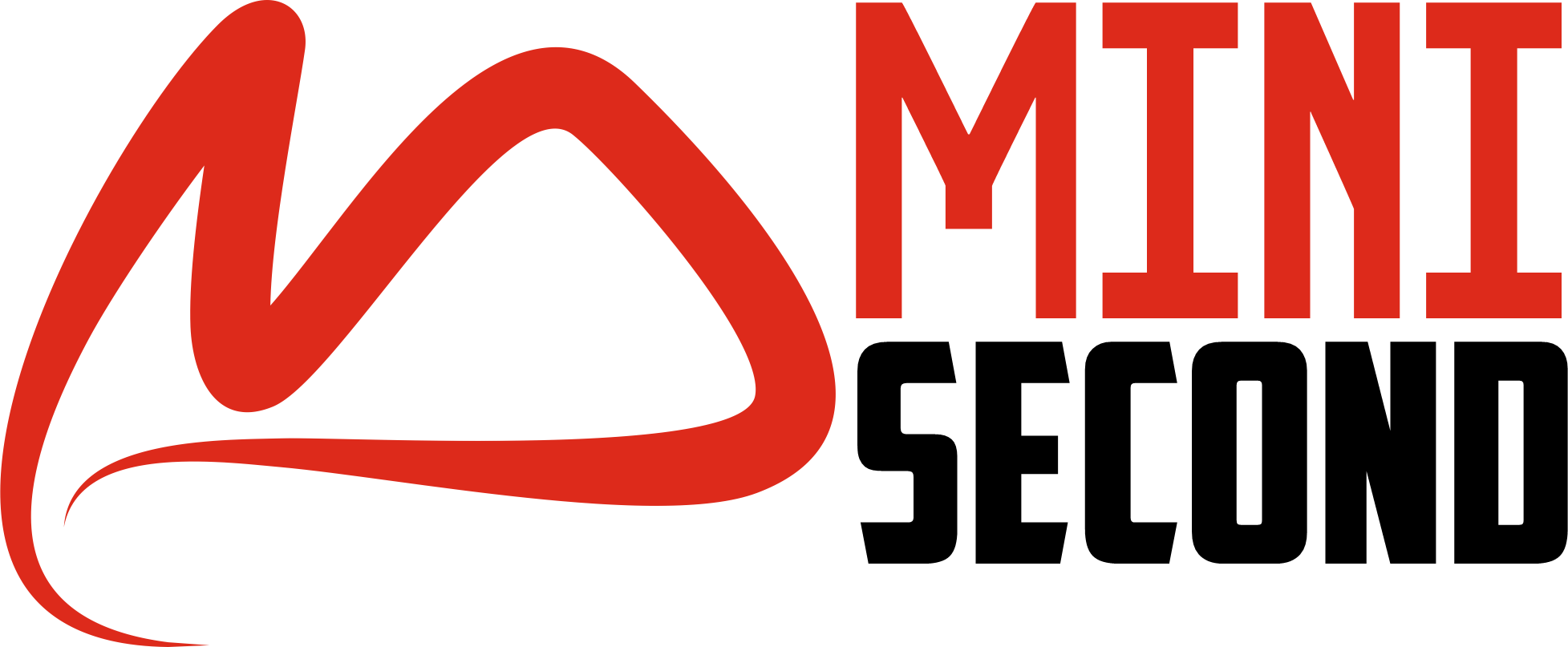Money Write For Us – The first thing that arose as a way to obtain food and other items was barter , but little by little it changed, since it became difficult, especially since both parties had to be interested in the exchanged products. In addition, they had to agree on the value of these objects so that the exchange was equitable.
Thus, swap began to left aside and evolved into money.
Evolution of money: first coins
Salt, corn, cocoa, fish, and meat was generally exchanged for gold, silver, and bronze. The problem was that these metals were hefty, because they came in the form of ingots. The “sicle” measure was used to weigh these ingots, which gave it a specific value. Therefore, in reality, the money was considered, not counted.
This is how, according to the weight of each ingot, a “value” and a name were given to each piece of these materials, such as the “Roman denarius”, the origin of the word money. With this, we can already talk about the concept of money.
Paper money: first banknotes
In the 11th century, the first banknotes began to appear in the hand of the Mongol emperor Kublai Khan. In this case, the bills were certificates of the existence of a gold deposit in a bank, similar to what we know today as a check.
The use of the ticket continued to expand. In Europe, the first banknotes appeared in Sweden in 1661, printed by the moneychanger Johan Palmstruch, who gave them as a receipt or receipt to those who deposited gold or silver in the Bank of Stockholm.
They arrived in Spain in 1780 during the reign of Carlos III, and their use quickly became popular as they were much more comfortable to carry than coins. Thus, carrying the famous bag full of cash was unnecessary, which were much more striking and heavy.
The check, for its part, arose from the banking practice of England in the 18th century, but it was not until the 19th century that its legal regulation began. It is in England where the first Law of checks was enacted in 1852. France followed in 1865, and other countries follow the example.
History of credit cards
As the years progressed, there was a need for easier and faster ways to have money and acquire various things. This is how in 1914, credit cards originated from the Western Union company, where they offered selected customers a card that allowed them to have a line of credit without any charge.
Around 1958, the BankAmericard (today we know as VISA ) and the Interbank Card Association (today it is known as MasterCard ) were created. The same year, American Express launched its first paper credit card, but a year later, it was replaced by plastic.
Origin of savings
Just as money or the different ways of exchanging things arose, savings also appeared. The word “saving” comes from the Middle Ages, specifically from the Arabic “hurr,” which means “free.” This term evolved to “horror,” which meant giving freedom to slaves or prisoners. Then the word changed and took on the meaning of freeing someone from something, which could be related to leaving money free of expenses or saving.
The first savers are found in ancient times with the Inca, Chinese and Egyptian peoples, who kept part of their crops for the most challenging times or when they had the most needs.
Going back to the Middle Ages, it is here where what we know as savings arises as such. In 1462 the first Savings Organization, Monte de Piedad, was born where Italian Franciscan monks protected the assets of its members. They made a common fund that contained jewels, coins, alms, and aid from La Corona. At some point, these savings were not enough, and that’s when they began to charge interest. This is how the first banks arose.
History of money in Chile
On October 1, 1743, the King of Spain, Felipe V, created the Chilean Mint, which began its activities on the corner of Huérfanos street and Morandé street. The first coins were delivered on September 10, 1749.
With the arrival of Chile to independence, the coins had to show a new image in keeping with that of a free nation, eliminating the old effigies of the king and the Spanish coat of arms. The first of these coins was the Coquimbo peso, dating from 1817. Its obverse showed the analogy of a Chile like a volcano in full eruption, surrounded by the inscription “Chile Independiente.”
Already in 1925 is when the Central Bank of Chile opened, an organization that would be in charge of issuing coins and money amid a scenario where economic modernization was coming.
the future of money
We can see how money has evolved according to the different needs that man has had. Although, currentlyew currencies such as bitcoins or new forms of online payment, we do not know where the new technologies will go, but the truth is that money will continue to progress.
Who invented money?
Even though barter was once a significant driver of trade and societies, with ime, it was no longer seen as a viable practice. Fundamentally, it presented two problems. On the one hand, to carry out an exchange, two people had to need the product the other offered. That is, if a person had a surplus of furs and needed wheat, he had to find a wheat producer who was necessarily interested in acquiring skins, which was not always the case. But, on the other hand, barter could not define the actual value of the merchandise, for example, how much wool was equivalent to two jugs of wine or if a cow was worth the same as a camel. salt. Specifically, the use of salt as an element of payment for the work carried out gave rise to the term “salary.”
What was the origin of the money?
The development of commercial activities, primarily through the Roman Empire, favored the use of metallic coins. Since then, the states had the monopoly on the minting of coins. These used to have an engraved seal: the figure of a god, the bust of an emperor, or some other characteristic symbol of that society. These marks guaranteed the purity and the weight of the material with which the coin had been made.
What were the first coins like?
The coins with the most stable composition arise in ancient Greece. These used to weigh between 65 and 67 grams and were mainly made of silver. The drachma became the universal currency for being the one with the highest intrinsic value.
The problem arose when the precious metal reserves began to run low. It was then that the state had to create fiduciary money, a type of coin whose value less than what they reflected since they made with more ordinary materials such as bronze or copper. However, these were endorsed by the gold and silver reserves that the country had stored in the treasury.

Likewise, You can submit your articles at contact@minisecond.com
How to Submit Your Money Write For Us?
That is to say, To submit your article at www.minisecond.com, mail us at contact@minisecond.com.
Why Write for Mini Second – Money Write For Us
Money Write For Us
That is to say, here at Mini Second, we publish well-researched, informative, and unique articles. In addition, we also cover reports related to the following:
payment
goods and services
debts.
taxes,
medium of exchange
unit of account,
standard of deferred payment.
store of value
standard of deferred payment
economics,
currency.
barter
circulation
medium of exchange
dollars
Guidelines of the Article – Money Write For Us
Search Terms Related to Money Write For Us
write for us + “investment”
write for us + finance
money crashers write for us
“credit card” + “write for us”
loan write for us
banking write for us
write for us insurance
write for us “business.”
“finance,” “write for us,” “paid.”
write for us “business.”
money “write for us.”
“credit card” + “write for us”
fintech + write for us
write for us insurance
stock market write for us


